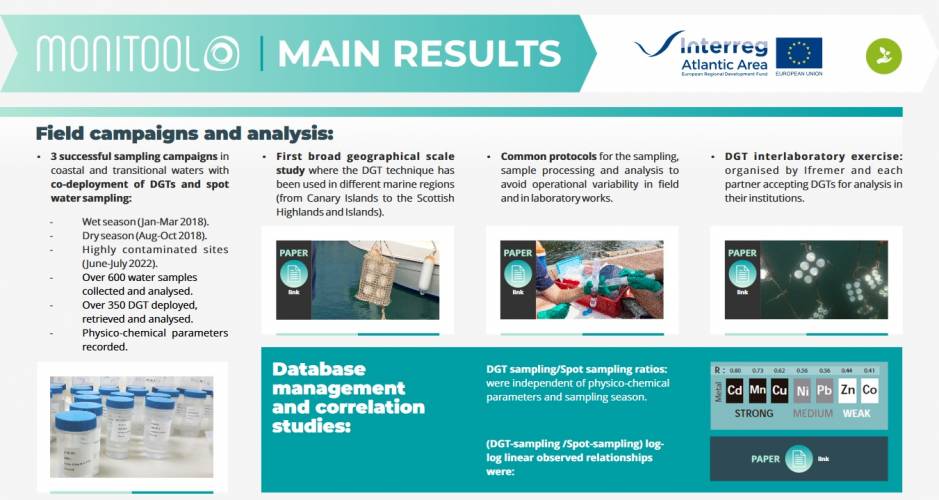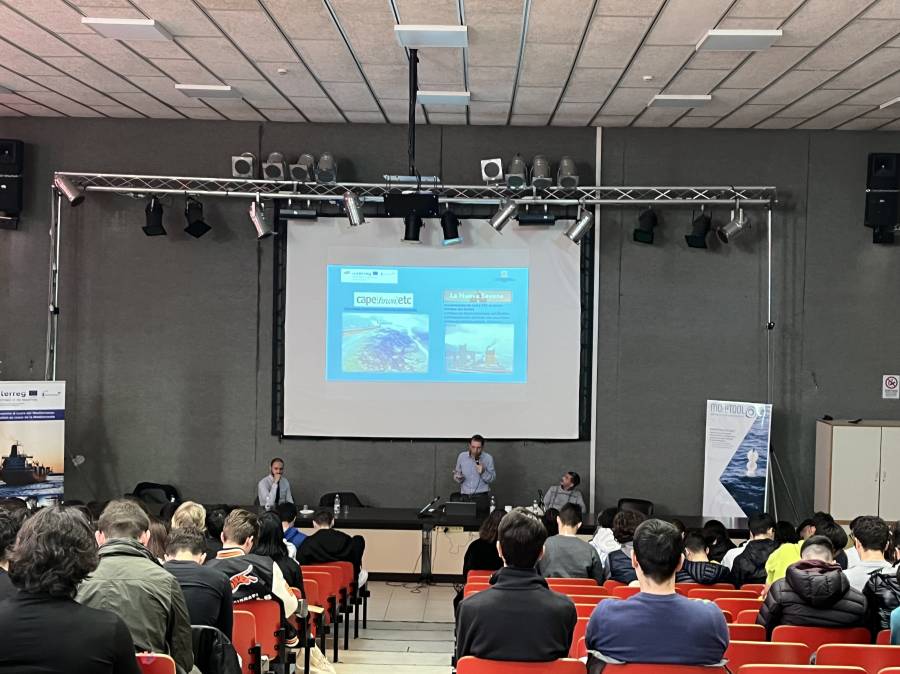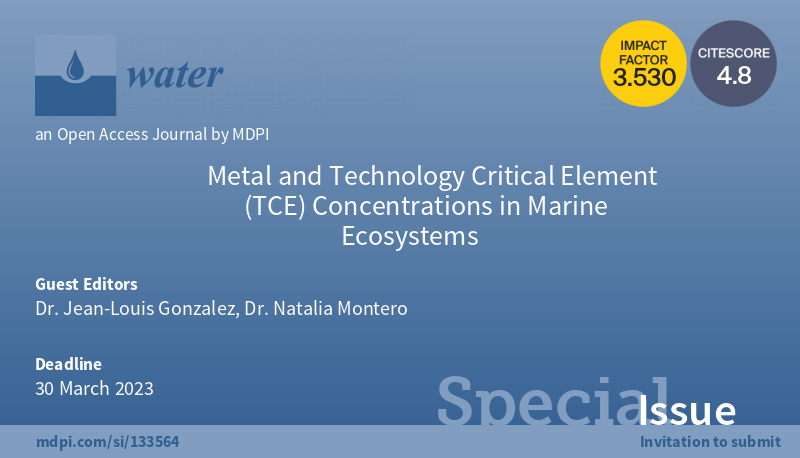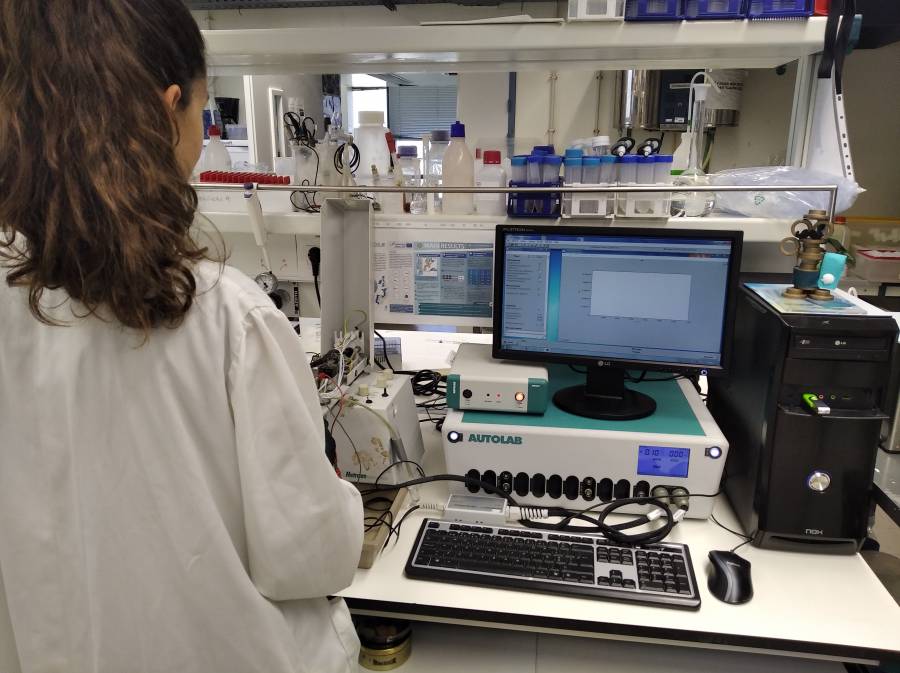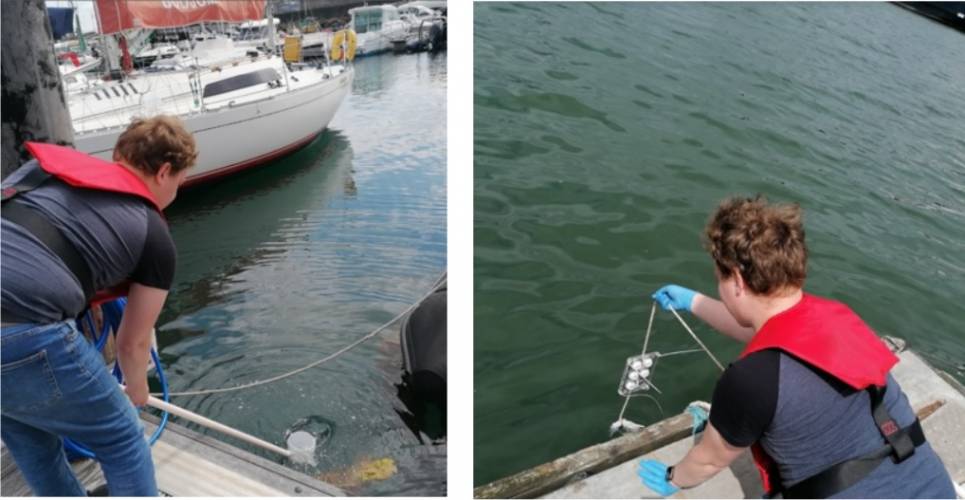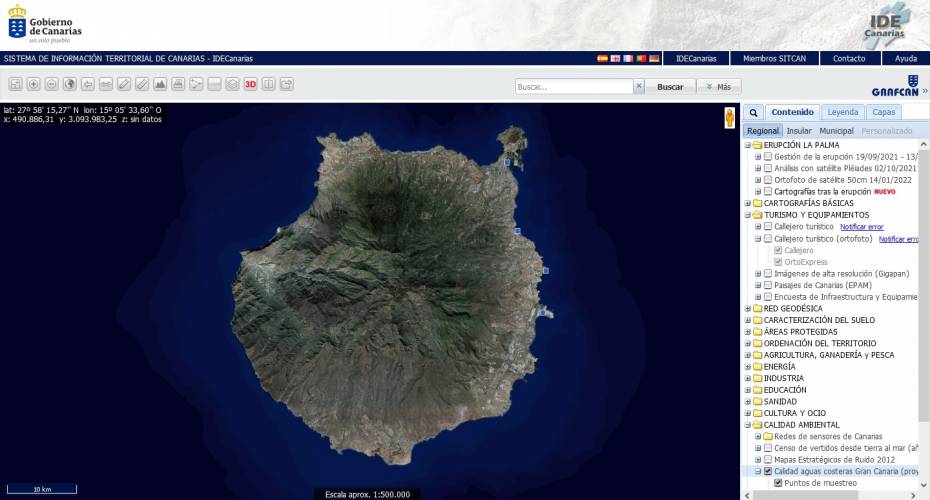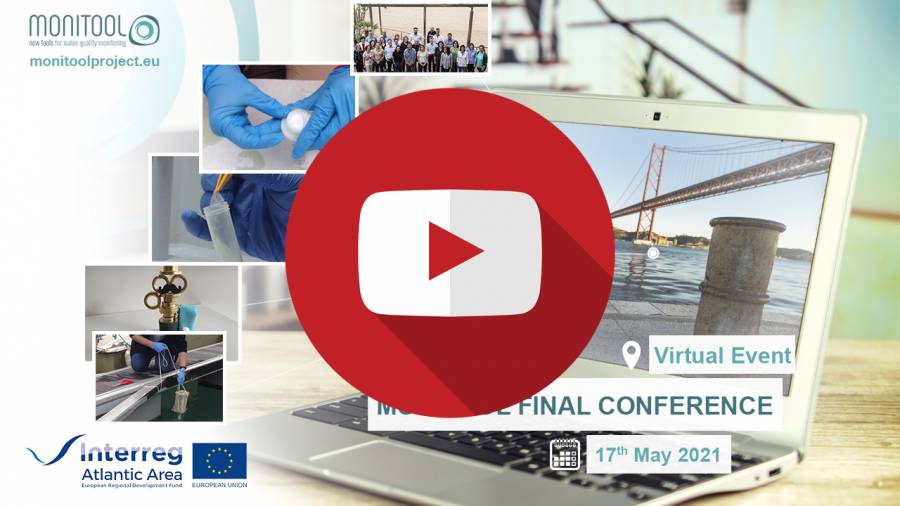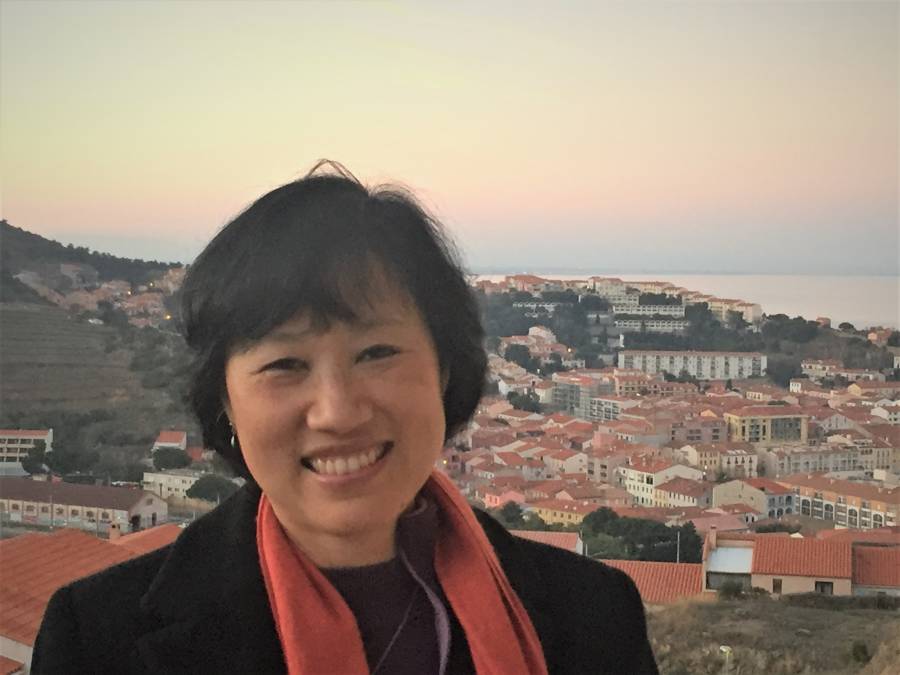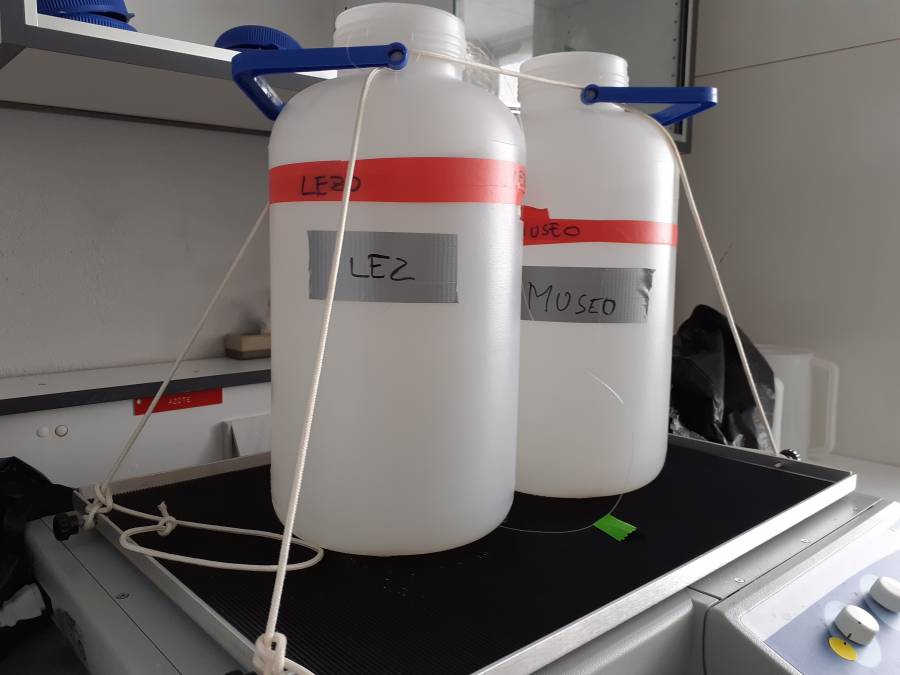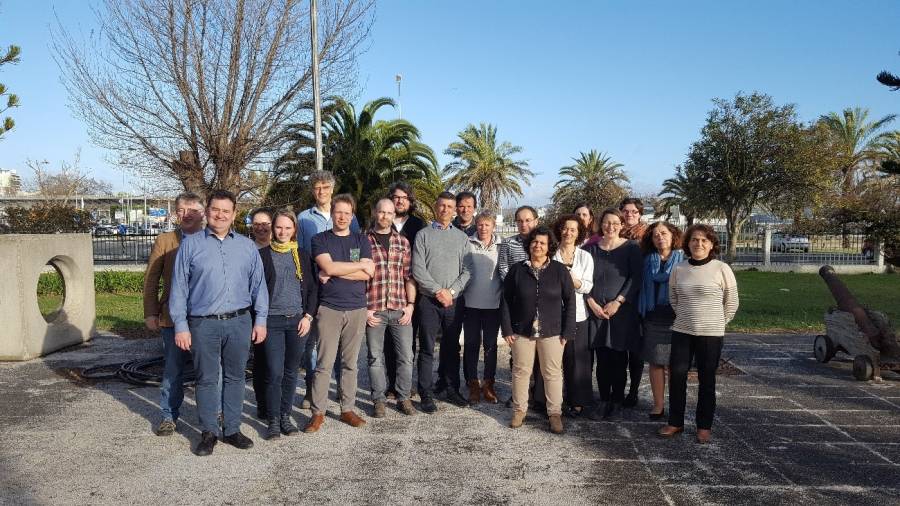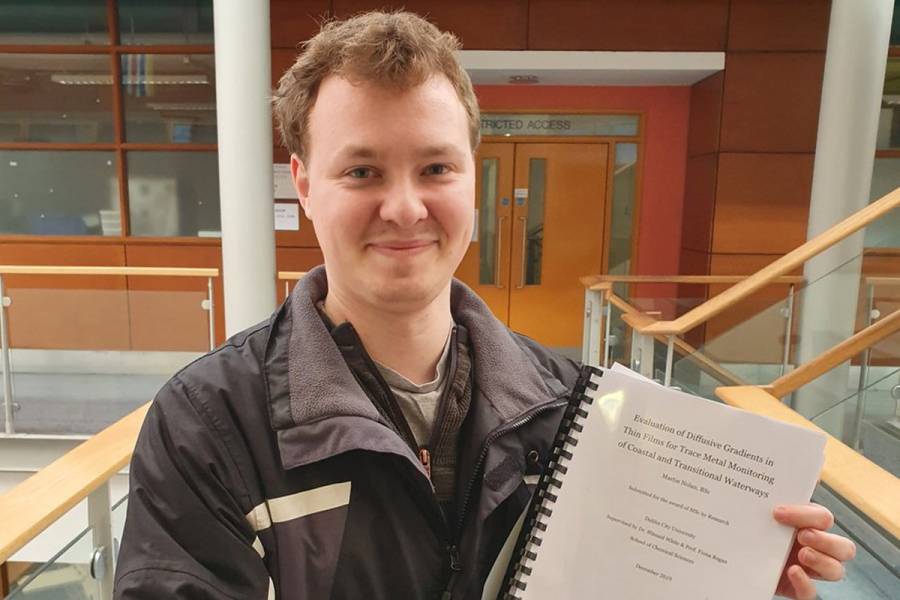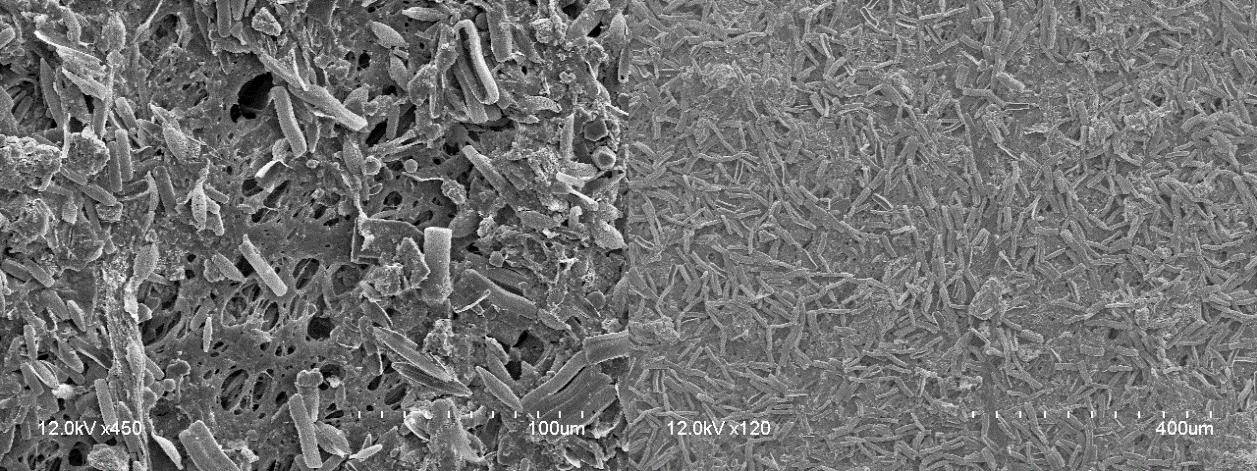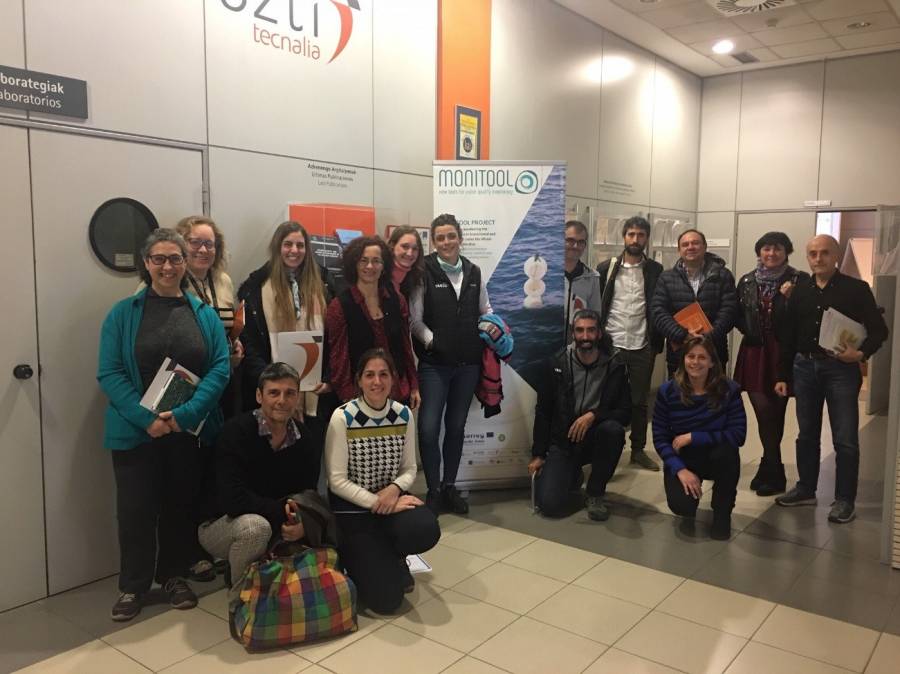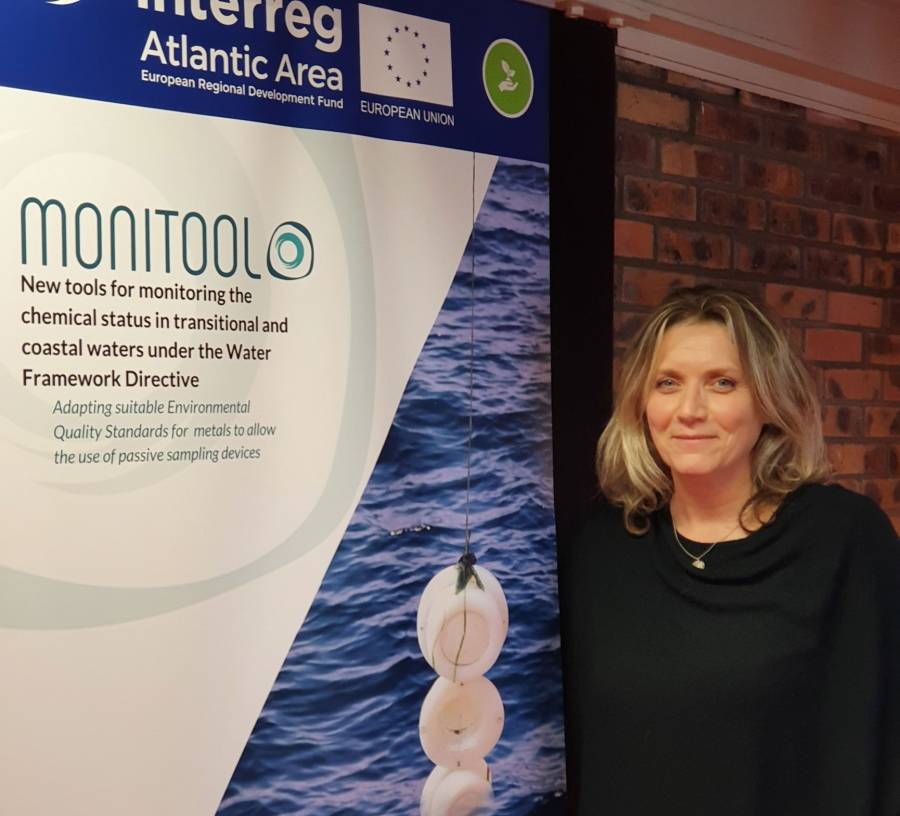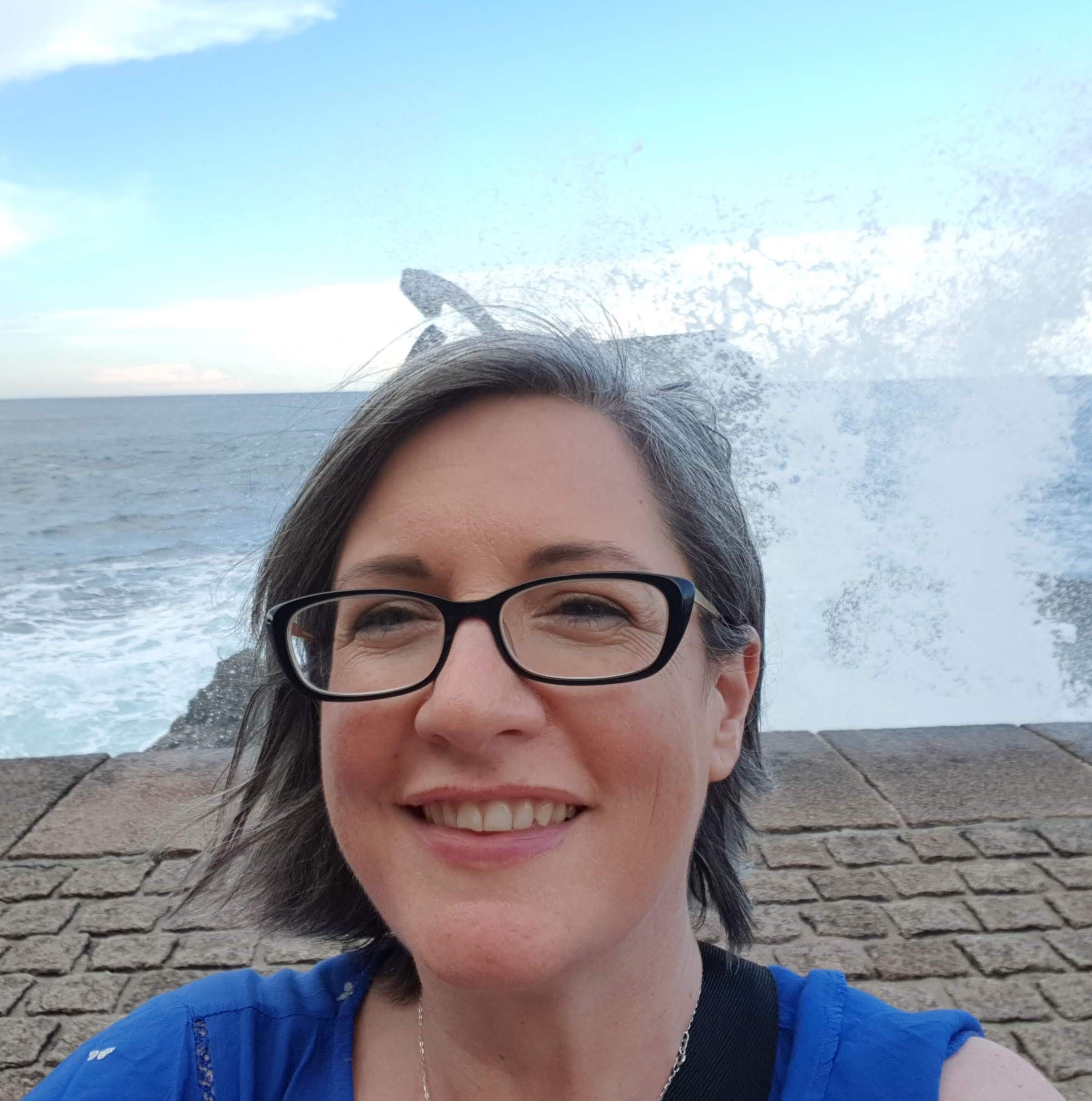Interview with Dr. Blánaid White, coordinator of Interreg founded MONITOOL
|
|
Dr. Blánaid White, who coordinates Interreg funded MONITOOL project, is an Associate Professor in Analytical Chemistry and currently Associate Dean for Teaching and Learning at Faculty of Science and Health in the School of Chemical Sciences, National Centre for Sensor Research, Dublin City University Water Institute. |
- What is the MONITOOL project?
The MONITOOL project is an exciting multi-million euro European water quality monitoring project which examines for metal pollutants in coastal and estuarine waterways.
At present, testing for metal concentrations in coastal waters is extremely challenging. The MONITOOL project has been devised in response to this. We will use passive sampling devices, called Diffusive Gradient Thin films (DGTs) for testing and establish environmental quality standards (EQS) for metal contaminants.
- Why is it important to measure metal concentrations in waters?
Metals are essential nutrients for marine life off our coasts. Unfortunately, too high a concentration can be toxic. Therefore it is critically important to be able to measure metal concentrations accurately. Unluckily, in many cases it is very difficult by traditional techniques to determine metal concentrations, particularly for estuarine and coastal waters, and so there is an urgent need to find accurate, reliable, easy and cost-efficient alternatives. Passive sampling (PS) devices have several advantages compared to conventional monitoring methods. This project will allow us to monitor these metal concentrations in coastal waters by using passive sampling, so that if contamination occurs, we will be able to detect it.
Detecting and monitoring the level of chemicals and substances of emerging concern, such as metals, in seawater and transitional water is a key element of the Water Framework Directive (WFD), a directive to ensure national governments in the European Union take action to improve the quality of their water in rivers, lakes, estuaries and coastal waterways.
- What are the differences between passive sampling and spot sampling? What are the advantages?
Spot sampling involves taking a sample of water at a discrete time point, so it gives a good picture of what is present in the water sample at that moment in time. But it doesn’t give you any information about whether this picture is an accurate reflection of what is usually present in that water body. Traditional spot sampling can miss a transient pollution event, not least because cost generally precludes high frequency samples in coastal waters. In contrast, passive sampling will continually sample the water body, and so provides a considerably more representative sampling methodology. Additionally PS techniques generally enable much greater sensitivity that can be achieved by “traditional” spot-sampling, potentially improving detection capabilities by orders of magnitude.
- How does the collaboration between the different partners arise?
The consortium involves nine national/regional Marine Research Institutions covering seven eligible regions of the North Eastern Atlantic Area (NEA) from Canary Islands to the Highlands and Islands, from South to North: ITC in Canary Islands (SP), IPMA and IST in Lisbon (PT), AZTI in Basque Country (SP), IFREMER in Pay de Loire (FR), CEFAS in Dorset (UK), DCU in Dublin (IR) and MSS in Scotland (UK). The consortium also includes a partner from Italy (Mediterranean area) to provide regional data for more European EQS consistency.
All these institutions have vast experience in the marine environment and on the use of passive sampling, being involved in monitoring programs, in scientific papers and projects, as well as in technical Working Groups (ICES, WFD). The consortium includes also seven different entities that will be end-users of the project results, including the Marine Institute and Environmental Protection Agency in Ireland, and are able to provide the project with the oversight required to ensure it meets their needs. The partnership gives a range of opportunities of collaboration between expert laboratories and end-users to addresses common issues which require a joint response. This collaboration will ensure transfer of best practice to key bodies responsible for monitoring chemical status across the region.
- Do you think that this type of sampling will finally be accepted in the revision of the European legislation?
The 2013 EQS Directive (2013/39/EU) states that for metals, EQSs are defined as total dissolved concentrations. This legally binding definition remains an obstacle to the use of passive samplers in compliance monitoring within the EU, because PS devices do not sample total dissolved concentrations of metal, but rather for labile metal concentrations. Ultimately however, metal levels sampled using PS devices are a more accurate reflection of the metal concentrations to which marine organisms are exposed in natural environment. This type of sampling, specifically using DGT passive sampling devices to sample for metal contamination, therefore is superior to traditional spot sampling for two reasons: it is a continuous sampling method so provides a more accurate sampling of the water body and the type of metal it samples is more representative of the form of the metal which causes toxicity. For these reasons, I think that yes, passive sampling for metals will finally be accepted in future revisions to European legislation.




